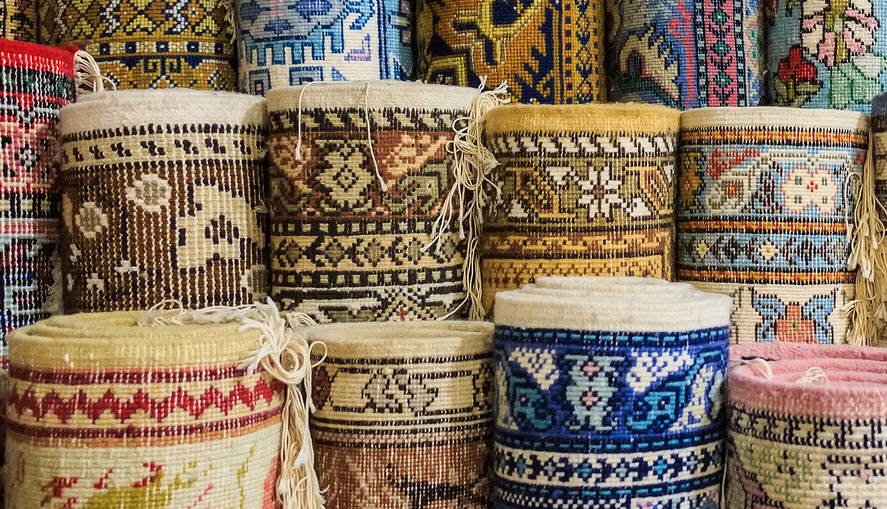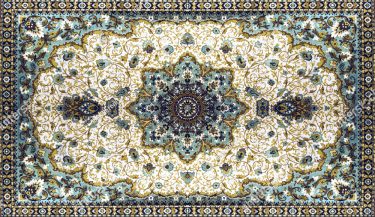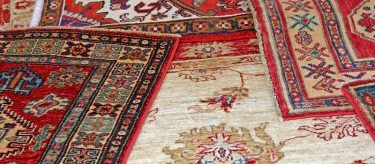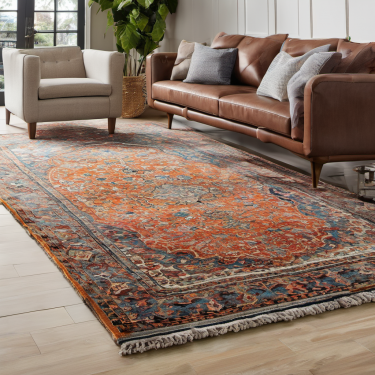How to Pack Oriental Rugs for Moving
Home » Green Carpet Blog » Oriental Rug Care » How to Pack Oriental Rugs for Moving


Anyone who has ever moved may already know that it is best to roll up large area rugs in order to make them easier to lift and relocate. Yet, not all rugs are alike. That newer, recently produced rug may be able to just be rolled up, secured and moved from Point A to Point B. The more delicate and valuable Oriental or Persian rugs, though, require a lot more care and consideration.
Know the Value
Before you do anything to get your rug ready for a move, it is a very wise idea to get it evaluated and appraised – if it is an authentic Oriental or Persian rug. Why? First and foremost, moving can result in damages or losses, and though the idea of that is heartbreaking, you’ll want to be prepared for the crisis. You can get the rug(s) insured and even get an idea of how to best care for that rug after the relocation. NOTE: Always take accurate photos of a rug before a move to document condition and value.
Consider a Cleaning
A rug that is rolled up with any dirt, debris, oils or other materials is at higher risk for damages along the way. We strongly suggest having the rug professionally cleaned before you get it ready for the move. After doing so, you can take photos if you have yet to do so to show the condition it was in on moving day (should any damages occur).
Start the Prep
Once you have had a rug appraised and cleaned, you can then get it ready for the move. First things first, never (and please read that as NEVER!) fold an Oriental or Persian rug. Always roll it up for moving or long-term storage. By rolling them, you protect the weaving and the knots which might otherwise become stretched and warped permanently.
Rolling should be done in a way that creates no creases or risks any folds at the ends. Start with the rug on a flat surface and with the pile (the soft part you walk on) facing upward. NOTE: If a rug has a very dense pile it may be better to roll it with the pile downward as this prevents strain on the “foundation” or materials that the rug was woven on (also called the warp and weft).
Begin rolling at one of the fringe ends and use even tension on the entire width. Once rolled up entirely, use natural string (never tape or plastic) to ensure the rug stays rolled security. Tying loops at 12” intervals works best.
Wrap for Safety
Lastly, take a final and often overlooked step by wrapping the entire rug in brown kraft paper as this offers further protection while allowing air and humidity to transfer freely.
Try to store or move the rug (rolled) in a flat position rather than being on one end (risking folding in the center) or stacked up in a pile (crushing those on the bottom). Try to keep them dry throughout the move and give them a good “once over” as you place them in their new location to be sure no stains or damages were done during the move.


Categories
Carpets
Oriental Rug



